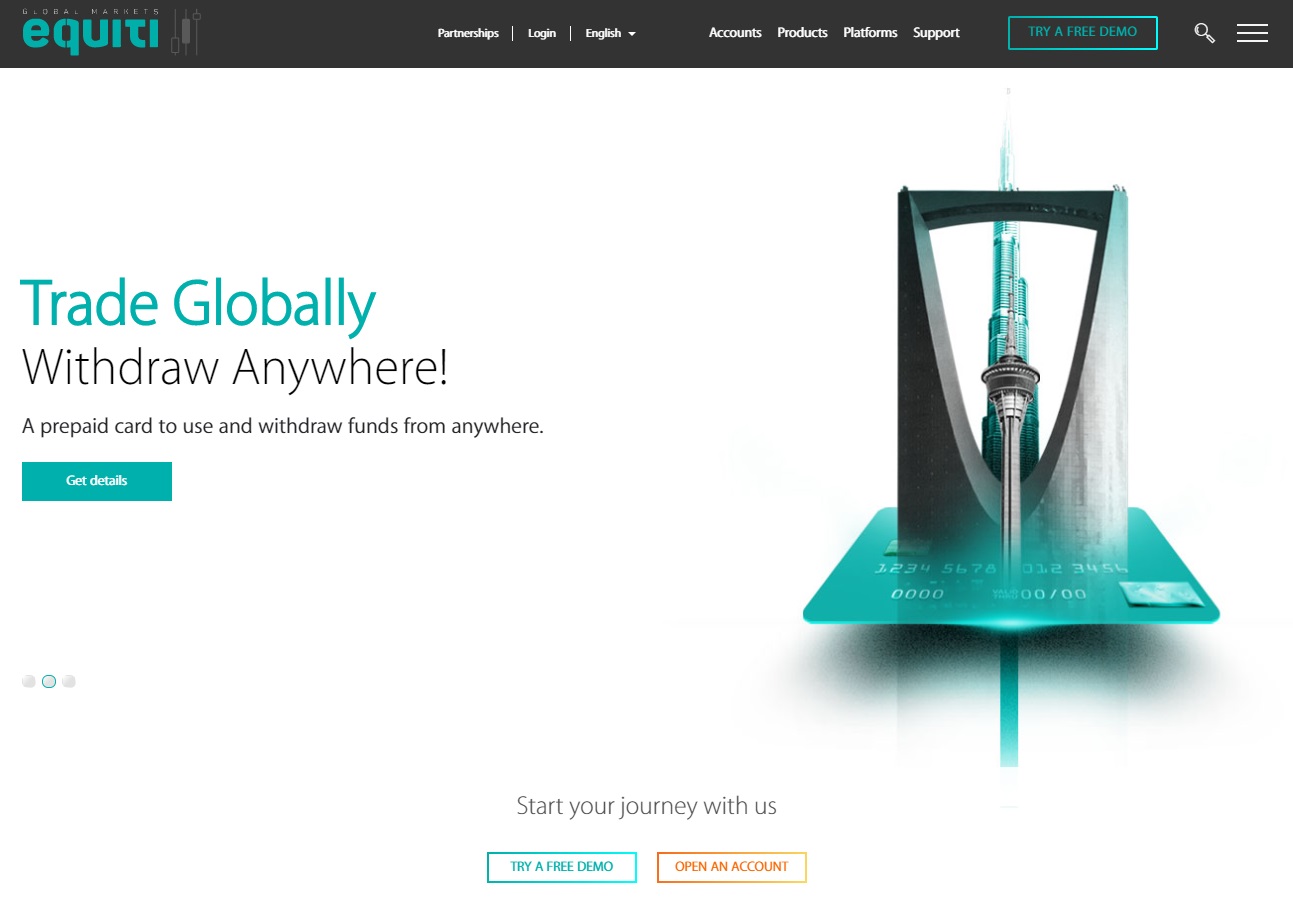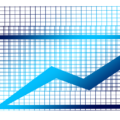The 5 Year Trading Roadmap For New Traders
 Trading Roadmap
Trading Roadmap
The first steps in trading,(before we all rush off and find an online broker or do anything else!), are to understand the broad markets and the instruments we can trade. To do this I have devised a trading roadmap for your online stock, options and currency trading which I hope will provide a guide. More importantly however, is to understand the risk associated with each market, so that we start to learn using lower risk instruments, as we slowly build up our knowledge and experience. As our online trading experience grows we can gradually learn to trade other markets.
| ROBOT | RATING | PROPERTIES | TRADE |
 |
#1 Software |
83% Win Rate$250 Min DepositAccepts Credit Card |
TradeRead Review |
I have outlined below what I feel is a sensible roadmap for anyone new to trading and investing. Naturally some of you will be more experienced than others, and some may only ever wish to invest in shares or stocks. This is fine! There is no rule that says you have to move into higher risk areas. Remember, it is for you to decide as an individual, what suits your personality, your circumstances and your view of risk. Please also remember that the 5 year period is just to give an idea of timescales, and is certainly not set in stone. If it takes you less or more time – this is fine – but please go slowly!
Trading Roadmap: Year One – Learn to Invest
Most traders start their trading and investing in shares. Wherever you are in the world, this is probably where you will start. The UK share market is like Big Ben – it clunks along like an old clock, and whilst it has its scary days, big falls of 100 plus points are relatively rare. Shares are traded on the London Stock Exchange. The FTSE100 is the main index and is composed of the 100 largest companies by market capitalisation. Of course large falls do happen, as in any market, but in general daily movements tend to be in the 30-70 point range. In terms of a share’s price, this translates to pence per day movements, rather than £’s per day. A large ‘blue chip’ FTSE100 stock may move 10p-15p on the day in general trading. Remember as an investor you are in this for the long term so daily moves ( up or down ) are just part of a long term movement. This market is called the cash market – as real cash changes hands. In your first year you will be buying ( and selling ) small numbers of shares in the large FTSE100 companies ( household names that you will know, and probably be a customer of ! ) The companies do change on a regular basis as new companies join the index as others are removed. They currently include companies like Lloyds TSB, Sainsbury, National Grid, BP, Shell. BT, Marks and Spencer etc. All these companies will pay regular dividends. The US equivalent markets are more volatile, but nevertheless have blue chip constituents in the DOW 30, the S&P 500 and the NASDAQ. Price movements here will be larger on the day, as the main index is more volatile.
Trading Roadmap: Year Two – Managing Risk
After your first year of trading, you are ready to add shares which are a little more risky – these are still household names, but not in the the FTSE100 index. These are UK shares in the FTSE250 and FTSE350 indices. As you would expect these are the next largest 250 and 350 companies in terms of market capitalisation ( size to you and me !) These indices tend to be slightly more volatile. Most of these companies will also pay dividends. Again if you go to The Stock Exchange web site this will give you the current constituents of these indices. By the end of year two you should be starting to feel comfortable with the daily ups and downs of the markets, placing orders on line, chart reading ( more later ), money management, managing your paperwork, and generally running your business according to your plan.
Trading Roadmap: Year Three – Short Selling
Year three is all about trading on the short side of the market( making money when things are falling in value!). Until now you have only been interested in trading things which go up in value( the long side of the market ). If you think about this logically, this mean two things – firstly you will always have a conscious or subconscious view of the market that it is always going to go up. This is perfectly natural since you are only interested in instruments that are increasing in value. Secondly, you are only trading 50% of the opportunities available i.e. when the market is going up – what would you have been doing between 1999 and 2002 when the world markets were in decline ? Trading in one direction only is very unhealthy, as you will have an unbalanced view of the market which is dangerous in any trading or investment. You therefore have to learn how to make money when things are falling as well as rising.
We all understand the concept of buying something which increase in value, and we later sell for a profit ( houses etc.) but the markets provide a way of making money when something is falling in value. It is a concept that some new investors and traders find difficult to grasp initially, but it is an important technique and one you must learn. Trading on the short side involves doing the exact opposite of the long side. Your opening order would therefore be a sell order, and the closing order a buy order. ( when you buy a share your opening order is a buy order and your closing order is a sell order ). On the short side you are effectively selling something you do not own at a higher price, and buying it back at a lower price. Your profit is the difference between the higher price you sold at and the lower price you bought back at! Don’t worry, there are some examples later on, but you can understand why it can be confusing!
Now, there are several ways to sell shares ( and other things short ) but is is complicated – it involves your broker borrowing shares from one of their other clients and lending them to you. Do not consider this until you have several years experience. Using spread betting is a much easier way to achieve the same result. However it has inherent risks which is why I do not advocate it until you are in year 3, and have some experience of the markets and an understanding of your personality and risk. The reason is simple – spread betting uses leverage or gearing to magnify the profit or loss on a trade. For a relatively small amount of money in your account you can control large amounts of stock, and if you do not understand the power of leverage you could lose a considerable amount of money very quickly. One major UK company was recently fined for misleading advertising, which failed to highlight the risks. However, trade sensibly, starting with very small amounts ( some companies offer 1p a point ), using the same principles you have learnt in years one and two such as simple money management etc; and it provides a value tool in your toolbox. Many of these companies now offer free training seminars, guides, booklets and demo accounts for practice – I urge you to use them. The seminars are normally quite good with free food!
Trading Roadmap: Year Four – Options
As a new trader you have probably never even have heard of an option – you are not alone! If you can talk about options within earshot of a group of men, just watch them react to the fact that a woman knows more than they do! shock horror!!!
Of all the things you will need to learn, options probably have the most arcane language of them all with things called puts and calls. Again, options are highly leveraged instruments, which means you get a lot of bangs per bucks, and hence can be dangerous in the wrong hands. If you don’t believe me watch Rogue Trader, a film about the collapse of Barings Bank or read Nick Leeson’s story.( He certainly had no intention of bringing the bank down, things just got out of hand!) Ironically options were originally introduced to the American markets as a way to hedge share portfolios ( hedge just means to insure – i.e. they were an insurance product – nothing more nothing less).
Needless to say there are many ways to use these instruments, but I only use them in one way, which is the lowest risk of all options trading. It is also the easiest to understand and is known as covered call writing ( I will explain this in detail later, don’t worry). It is very simple and allows you to sell an option on your shares which gives you additional income( the buyer pays you a premium ) whilst you are still holding them – almost like renting them out. It allows you to generate extra income on your portfolio. The downside for this income is that you have entered a contract with the buyer to sell your shares to them at a future agreed price, within a certain time. It is a very simple and useful technique and used correctly is low risk as you already hold the underlying shares -( this is not a technique for those who fall in love with their shares, but then you shouldn’t anyway !!!! ) Start with UK options – there are fewer of them and the stock holding is higher than in the US, but the volatility is lower so we are starting with a lower risk instrument as we learn the basics.
Trading Roadmap: Year Five – Higher Risk
So, where do you go from here? – in essence you now have a basic toolkit which can be applied to any instrument, in any market, anywhere in the world. There are many things I have never traded and would not wish to trade. I have never traded bonds, commodities, or CFD’s but if I wanted to, I could with the tools and techniques I propose to outline on this web site. But remember, I am only trying to guide you in the right direction – whether you succeed or not will be down to your own determination and drive, along with a huge amount of study, practise and learning from your mistakes.
For my own part I now exclusively trade forex, and I will shortly have a site dedicated to getting started as an online forex trader. But – I never talk about anything I have not traded myself. In addition I have also traded FTSE futures at £10 a point ( a 10 point move happens very quickly believe me) in the days when you had to ring a broker and wait for the price from the floor traders – very stressful. Thank goodness for the internet. So if you want to follow me and learn how to trade currency please do, but only after you have some experience behind you – PLEASE!
If you must start with currency or spread betting, please start small, and build up slowly. Most of the techniques and tools you find on this site will be appropriate for all types of markets and instruments, so please use them. Whilst all markets are risky, you can reduce this risk by a sensible, common sense approach to managing your trades, and by only using money you can afford to lose. My motto in all my online trading and investing is to keep it as simple as possible, to start small, and to build up slowly. Hopefully the trading roadmap outlined above will give you a rough guide to trading stock, options and forex online.
| ROBOT | RATING | PROPERTIES | TRADE |
 |
#1 Software |
83% Win Rate$250 Min DepositAccepts Credit Card |
TradeRead Review |


















